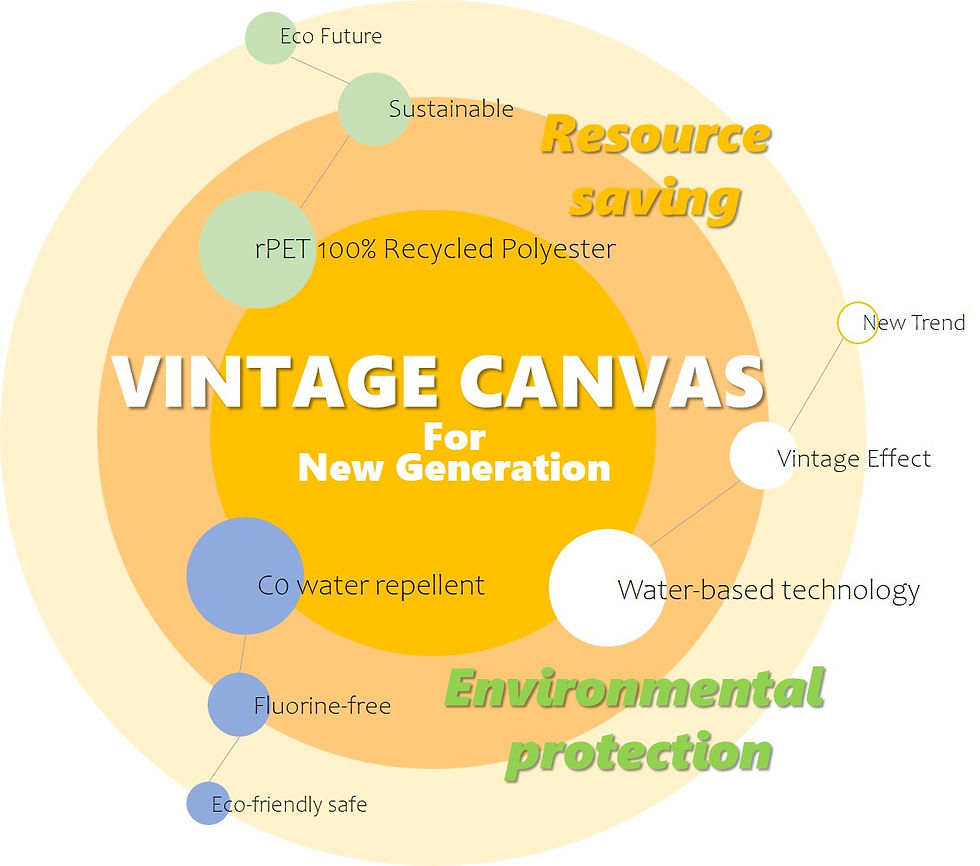Add Korean identity to sustainable eco-friendly fashion.
- Yongsuk Lim
- 2022년 4월 1일
- 4분 분량
Add Korean identity to sustainable eco-friendly fashion.
The concepts of sustainability and eco-friendliness are no longer abstract or ideal terms.
The concept of sustainability and eco-friendliness in the fashion field is being widely used in various industries. This is because fashion is one of the most consumed things in life.
From clothes to bags, shoes, and various fashion accessories, fabrics are used in so many fields.
As of 2019, the size of the global fashion market is 1.9 trillion dollars, or more than one thousand trillion dollars in Korean Won. The textile and fashion sector, which has such a large scale, plays a big role in national development, but it is true that it has a bigger problem of environmental pollution.
If the planet Earth is a planet where only one generation lives and is thrown away, it is very important to preserve the Earth on which we live as it is a precious planet that should be shared with our next generation.
In fact, global clothing consumption is growing faster than GDP due to an increase in per capita consumption amid a growing middle class population. In particular, the emergence of fast fashion, which mass-produces various styles of products that immediately reflect trends and quickly supplies them at low prices, is a major factor in the increase in per capita clothing consumption. In 2030, global clothing consumption is also expected to reach 102 million tons, with an annual average annual growth rate of 3.4% from 2015 to 2030.
On the other hand, the global clothing use rate has decreased by 36% compared to 15 years ago because of an increase of income level, the advent of fast fashion and a shortened life cycle.
As clothing consumption increases while the use of clothing has declined, global waste clothing emissions are expected to increase at an average annual rate of 3.2%, from 92 million tons in 2015 to 148 million tons in 2030.

However, despite environmental problems and waste of resources in the process of excessive clothing consumption and mass production of textiles around the world, recycling of waste textiles as well as waste clothing is very poor. It is estimated that 57% and 25% of waste clothing is also landfilled and incinerated, respectively, while 10% and 8% are recycled and reused as used clothing.
In order to solve the environmental problems and waste of resources caused by excessive consumption and production, the efficient use of energy, water and natural resources and the expansion of textile recycling are very important.
Currently, Korea recognizes the requirements of the global fashion apparel sector and is making various efforts for the future.
Introducing Daejin SNT.
Daejin S&T Corporation produces fabrics used for fashion accessories such as shoes, bags, automobiles, tents, etc. rather than producing fabrics for general clothing.
There are three main reasons why Daejin S&T deserves attention.
First, the fabric is produced from recycled polyester, rPET.
The fabric produced by Daejin S&T is called eco-friendly and sustainable fabric because the final fabric is produced by applying the fabric produced by melting waste plastic bottles and making it into polyester again.
Internationally, even if only 20% of rPET yarn is applied to the fabric, it is called a sustainable fabric.
However, the vintage canvas fabric produced by Daejin S&T uses 100% rPET, so it can be seen as a more sustainable and eco-friendly fabric.



Next, Daejin S&T has important technical skills that even developed countries can't easily have.
As a representative technology, it is C0 water repellent treatment technology. In general, C8, C6 water repellency treatment is used to increase the water repellency of the fabric. On the other hand, C0 water repellent treatment is a very safe processing technology because it does not contain any toxicity. Daejin S&T has these technologies and produces actual vintage canvas fabrics.
There are not many companies with C0 water repellent treatment technology in even overseas companies. Considering this, it can be seen as one of the few companies in the world with C0 water repellent treatment technology.
In addition, Daejin S&T has various processing technologies.


And Daejin S&T produces the most Korean fabrics.
It is JUNOPI fabric.
JUNOPI is a new fabric made by grafting traditional Korean paper produced by hand in Jeonju to vintage canvas fabric or suede fabric, which are eco-friendly fabrics.
In the past, several companies have made similar fabrics in South Korea, but they did not achieve great results in terms of quality because traditional Korean paper and fabrics were not well combined. However, Daejin S&T has successfully produced new fabrics.
Actually JUNOPI fabric can be applied to many uses. In particular, if JUNOPI will be applied to products that want to show off Korean beauty, it will be of great help in promoting the identity of Korea.
A material that can be reborn as the most Korean and global product
By combining the world-recognized technology with the technology that presents the most Korean beauty, we believe that “global elements with the most Korean identity” can be collaborated into various products.
This is the reason why the materials produced by Daejin S&T should receive attention in the future.
Technology + Fashion style

If you only have technology, it can put you on the situation of a comparative advantage with other competitors. So, there should be a possibility of risk at any time.
However, producing fabrics with new patterns, new designs, and new styles with an insight into fashion provides an opportunity to rise above the comparative advantage among companies.
With JUNOPI fabric, It is very important to be able to produce the world's only unique product image by adding the most Korean beauty.
For example, such as the Louis Vuitton logo,
Louis Vuitton has a similar effect to the Louis Vuitton fabric composed of a pattern with their logo. In other words, it can help strengthen your brand.




コメント